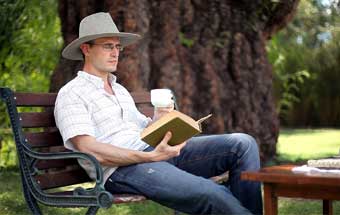10 Topics to learn about Show Jumping – Part III
By: Nestor Imberti Posted: 10/07/2020
Introduction to the principles of Learning Theory
In this third part of the Show Jumping series, we will talk about the theory and scientific methods of learning that can ensure the success of horse training for jumping and its results.
At the beginning of these articles, we said that we would explain how to train a horse to jump, based on the Principles of Learning Theory.
The full article is for Ampascachi Community members only.
If you wish to continue reading, please introduce your email address.
Not a member of the Ampascachi Community yet? Subscribe here. You will get access to exclusive interviews and articles in our Premium Zone.
~
Are you passionate about horses, too? Do you want to learn how to train them?
Download our free ebook Horse training step by step. When you see how your horse learns and begins to understand your signs and aids, you will be filled with joy.
And if you want to be a professional horse trainer and get field-based training, you should check out our training program. You will have the opportunity to live in our equestrian centre and experience our full training process with young horses.
~
THIS COULD ALSO BE INTERESTING

10 Topics to learn about Show Jumping – Part II
The main problems associated with horses in the practice of Show Jumping, the physics of the jumping process and the rider’s role in equestrian sports.

Improve your leadership qualities with horses
Being with horses gives us positive feelings, increases our self-esteem, improves our understanding of body language and empowers our confidence that we can reach our goals.

Patagonia as a horse riding destination
In Argentinian Patagonia the most outstanding places to go horse riding are the Perito Moreno Glacier, San Martín de los Andes and the area called Junín de los Andes.
~
Planning your horse riding holidays?
Join the Ampascachi Community. You will get exclusive advantages and guidance for your next horse riding holiday.


 German
German French
French Spanish
Spanish